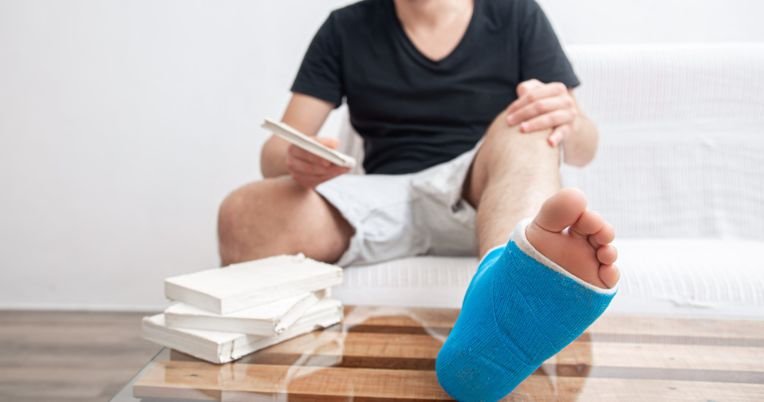You would think that when you buy a product, you can reasonably expect it to be safe and work the way it is advertised. Much like other items, certain ones can still lead to serious injuries, even though they are problematic. Encountering injury from a faulty product gives you entry to protections defined in product liability law. Check out this guide for the measures you should follow to protect your rights and go after compensation.
1. Look for Instant Medical Treatment
Watching out for your own health and safety is the crucial duty you have. You should get medical help straight away for your injuries, even if they do not look serious. It is important not just for your health, but also as a way to collect valid evidence for a legal case, documenting injuries is imperative. You should keep your health, prescription, and any important treatment data securely protected.
2. Protect the Broken Product
Consequently, you should defend all involved by ensuring you retain all elements of the unsuccessful product, along with its packaging, instruction booklet, and invoices, together. The recommendation is not to do any change, repair, or adjustment to the asset, because doing so could harm your claims to ownership. The product essentially can function as critical evidence to show that the defect was indeed in existence, and that it directly contributed to the injury.
It is a good practice to photograph the product, paying attention to those features that seem to contribute to the injury. You require thorough information about the injury your product has suffered and the continuing conditions of any injuries. Every harm that other properties suffered from the defect should also be documented (such as fire or water damage). The data is critical in demonstrating legal responsibility.
3. Track the Incident and Your Injuries
In addition to preserving the product, documenting the situation of your injury is just as important. Note down all aspects of your interactions with medical professionals, and additionally, write down every memory you can remember from that situation, which includes your use of the product.
Begin a journal of your injuries, along with any physical tension, activity restrictions, and times when you have needed to miss work.
Developing a detailed story around the case will improve your lawsuit’s depth, and it will also supply your attorney with what is needed to create a strong argument.
4. Determine the Type of Defect
Product liability claims generally fall into one of three categories: construction defects, improper manufacturing, or absences of the correct warnings or instructions. Understanding the type of defect that caused your injury can help shape your legal strategy:
Design Defects:
The safety risks with this product are associated with its design, rendering each product of this type inherently unsafe.
Manufacturing Defects:
There arose a mistake in the making of a particular batch of goods, which led to an unsound production method.
Failure to Warn:
The company delivered insights regarding risk that were not clear enough.
In your circumstances, a qualified lawyer can define the type of defect associated.
5. Speak with a Product Liability Lawyer –
Trying to obtain compensation for product liability is stressful and complicated. It’s important to engage a Lawyer for Best Product Liability Lawyer Perth that focuses on product liability in order to handle the legal process. A lawyer will determine the particulars of your situation, staff the appropriate information, and learn who holds the legal obligation. Included in the defendants of this case are the manufacturer, the retailer, and any party within the supply chain.
Your advisor should collaborate with other experts to assess your product, how it affects your injuries, and to measure the economic losses you may require to cover your medical expenditures, wage losses, and emotional trauma.



